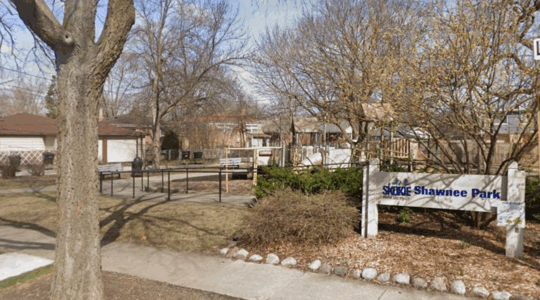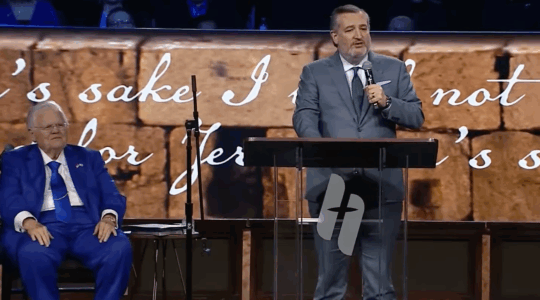NEW YORK (JTA) – The ball from Barry Bonds’ record-breaking home run could fetch more than $1 million at auction. So those who plan to be in attendance as the San Francisco Giants’ slugger closes in on Hank Aaron’s record of 755 round-trippers might want to consult with Zack Hample.
The author of the 1999 book “How to Snag Major League Baseballs,” Hample, 29, knows how to make the big grab. He has caught nearly 4,000 baseballs from the stands of Major League stadiums, either during or before games.
“At this point I go to about two games per week, about 30 games a year, and I am there to catch balls,” Hample told JTA. “If I knew I wouldn’t catch a ball, I wouldn’t even go.”
Hample has come up with a ball in all 30 Major League stadiums, as well as eight that have closed. And he has snagged one in every one of the 475 games he has attended since Sept. 2, 1993, be it a batting practice ball, a foul ball, a homer or just a ball that a player has tossed to him between innings. And then there was Bonds’ 724th homer, which he caught in San Diego.
He keeps most of the balls at his parents’ home in New York City.
Hample, whose brother is a Reform rabbinical student, has even snagged a few from fellow members of the tribe. Houston Astros’ catcher Brad Ausmus tossed him number 2,023 – yes, Hample numbers and catalogues every ball he catches – on June 10, 2003, between innings at Yankee Stadium. And he picked off another from Pittsburgh Pirates reliever John Grabow earlier this season. Now he wants one from Red Sox infielder Kevin Youkilis.
“I could dance a jig knowing that I have a ball with other Jewish DNA on it,” he jokes.
Hample, a New York native, rents himself out to fans who want to use him as an on-site, in-park consultant to help them snag balls.
“I know exactly where the balls are going to go, and where players will toss them or hit them,” he says.
Every ballpark is different, Hample says, but there are a few rules of thumb for putting yourself in position to take home a cowhide-bound souvenir.
The first: Don’t stay in one position throughout any game. That explains why he typically buys the cheapest ticket available and moves around from seat to seat as often as security will allow.
“There are specific times and places where you need to be,” Hample says.
But the money question is how can one get in the best position to catch one of Bonds’ historic home run balls?
With the Giants starting a seven-game homestand this week and Bonds a mere two homers shy of Aaron’s record, it’s a good bet that numbers 755 and 756 will be hit at picturesque AT&T Park in San Francisco.
AT&T has several sweet spots, Hample says. The most obvious is McCovey Cove, an inlet in the San Francisco Bay outside the stadium, but just over the right-field bleachers, where kayakers and boaters sit and wait for home run balls.
Some 44 homers have been hit there by Giants players since the park opened in 2000 – 34 by Bonds.
But there are other spots, such as a pit in straightaway center behind the grounds crew and an open concession stand area in left center.
As for catching the biggest big one, Hample says that of the 19 homers Bonds has hit this year, most have gone to right field or center field. In fact, he has hit only one to the left of center field all year.
Most of those in the kayaks in McCovey Cove will gather 360 to 400 feet away from home plate in straightaway right field, he says. Hample, though, says that in order to avoid such stiff competition for the ball, he might pick a spot either to the right or left of that in hopes that Bonds either really jerks one or hits a rare opposite field dinger.
“It’s all about playing the odds,” he says.
JTA has documented Jewish history in real-time for over a century. Keep our journalism strong by joining us in supporting independent, award-winning reporting.





